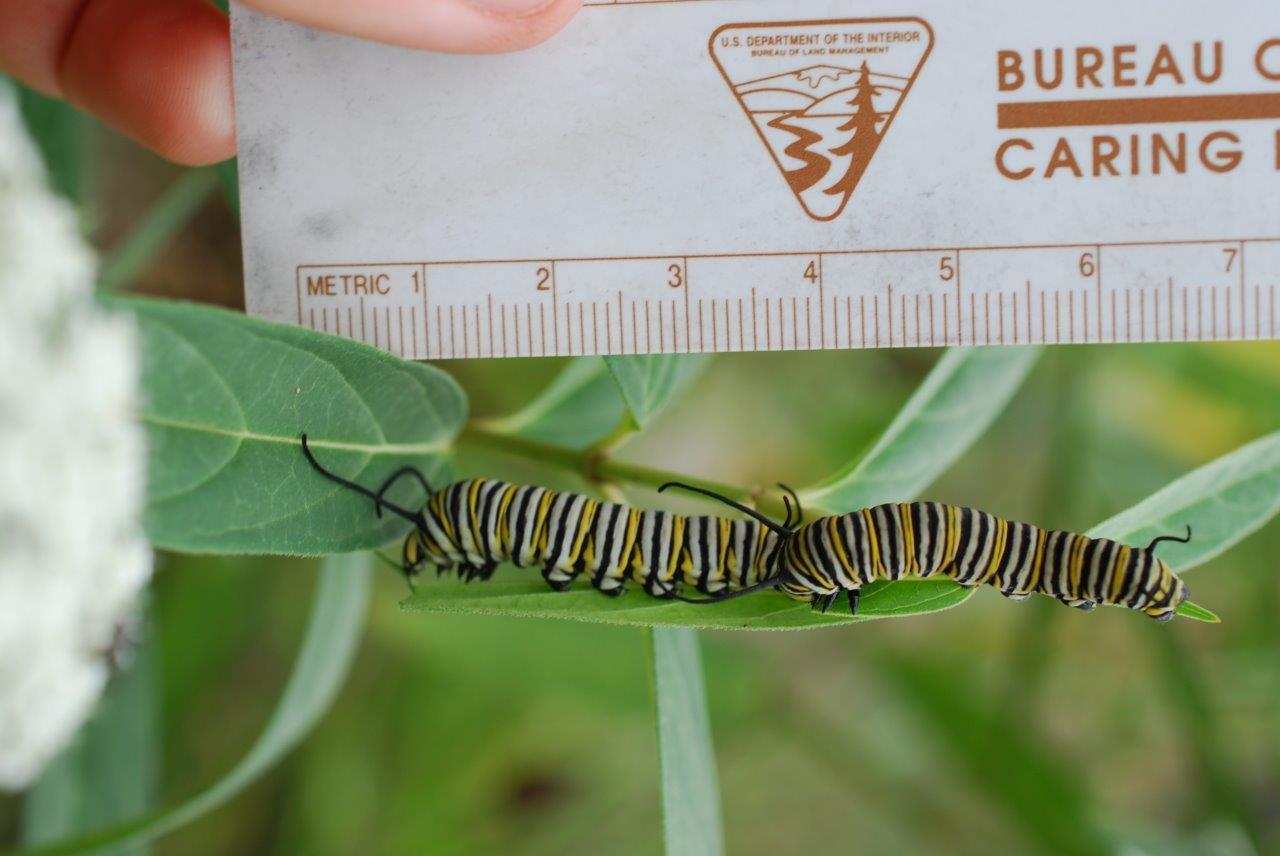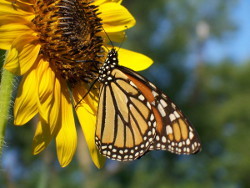Land Trusts Can Help Protect Monarchs and Other Pollinators
By Val Dolcini, Pollinator Partnership
As many in the land stewardship and conservation movement are aware, the monarch butterfly and its spectacular 3,000-mile migration (from Mexico, throughout the American Midwest, to Canada) is in great jeopardy. This incredible migration was listed by the International Union for Conservation of Nature as an endangered phenomenon in 1983, and in 2010, the World Wildlife Fund included monarchs on its list of the “Top 10 to Watch", which includes species that are in need of close monitoring and protection. In 2014, the US Fish & Wildlife Service was petitioned to protect the monarch butterfly under the Endangered Species Act, and a listing decision is to be expected by the summer of 2019.

However, there is a real opportunity for land trusts and conservation advocates to help. Simply planting milkweed and other native nectar plants will fuel the monarch for its incredible journey. Restoring habitat on former industrial sites and making greater use of managed corridors like utility ‘rights-of-way’ are two ways to increase fuel stations for the pollinator. Restored and natural lands managed by the land trusts across the Midwest, as well as promoting habitat on working agriculture lands could also play a valuable role in monarch conservation. Supporting the fragile migration of this iconic species lies within our ability to create and maintain adequate habitat with nectar resources to fuel the journey and milkweed plants to house the eggs. Like other organizations focused on science-based outcomes and practical results, Pollinator Partnership (P2) is taking action by joining forces with a variety of non-governmental organizations, land grant universities, and state and federal agencies along the migration route who are determined to strengthen and support the extraordinary natural phenomenon for years to come.
In 2014, P2 formed Monarch Wings Across Ohio (MWAO) which has established 18 monarch research plots utilized by our scientists to determine which native nectar plants are the best fuel source for the monarch butterfly during its migration. This research will allow P2 to publish the first ever Ohio-specific monarch habitat development guide with science-based plant lists. Look for it in the early spring of 2018.

P2 has also partnered with others to form Monarch Wings Across the Eastern Broadleaf Forest (MWAEBF), a five state effort designed to secure long-term monarch habitat. The project goals are increase the amount of regionally appropriate native seed and provide technical training to landowners and managers throughout the project region (Illinois, Indiana, Ohio, Missouri and Arkansas). P2 is working with landowners and land managers in these states to determine if they qualify for a free onsite habitat review by P2’s Monarch Habitat Coordinator who will provide suggestions and tips for monarch habitat enhancement – free of charge. The monarch habitat technical training courses will open in the spring. Visit http://pollinator.org/mwaebf for more information.
We can all do something to support the monarch butterfly and its migration from Mexico to Canada. All efforts, large or small, contribute to the success of this species. Planting a backyard garden, working to dedicate larger tracts of land to agricultural or conservation easements, or even planting a few short rooted milkweeds in a balcony flower pot are all great ways to support monarchs. Together, we can truly make a difference in the survival of the monarch. For more information about these programs, our native planting guides, P2’s work throughout North America and how you can help, please visit http://www.pollinator.org.
